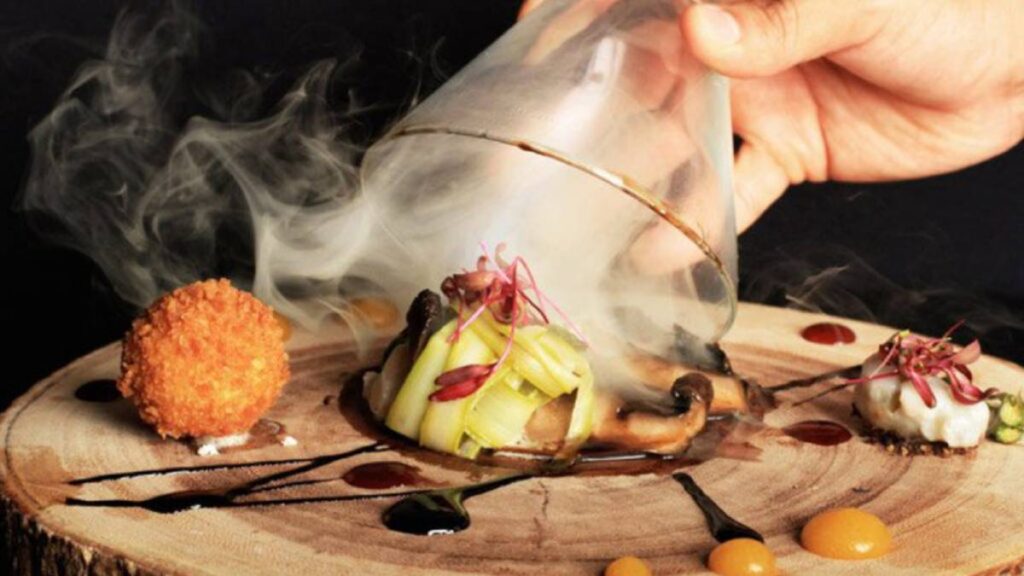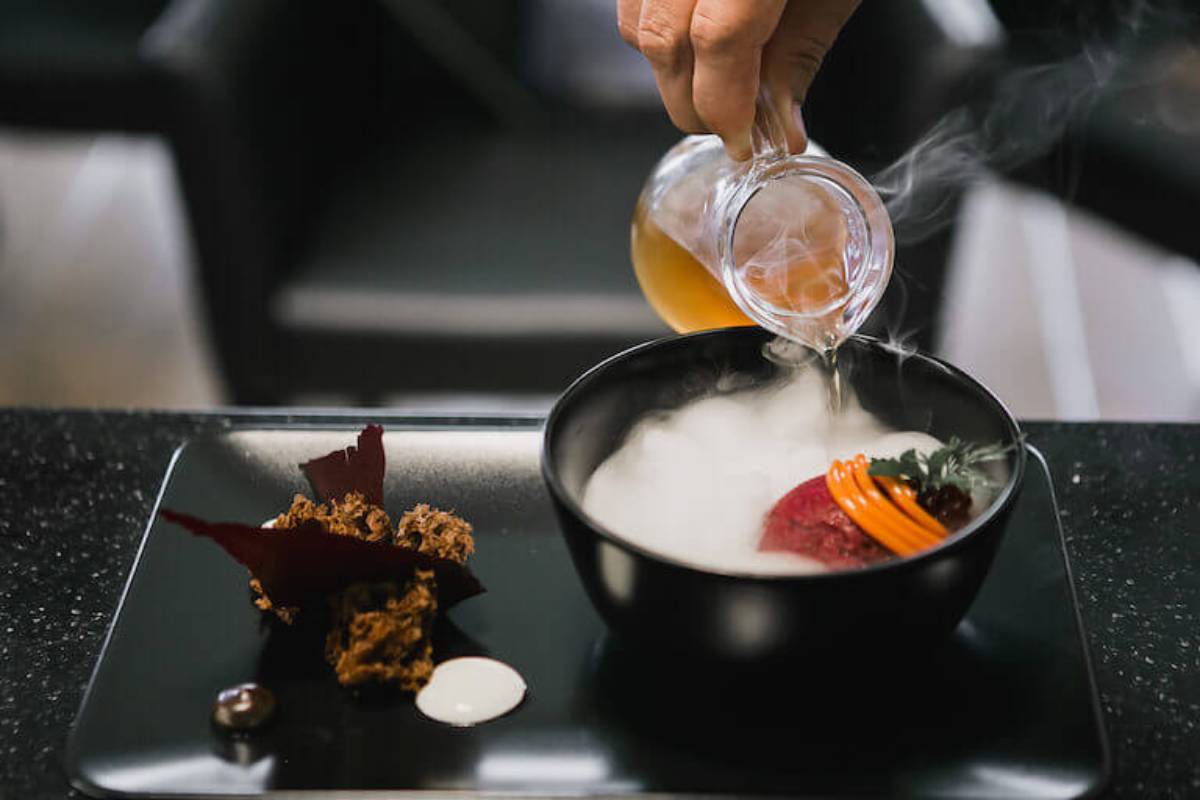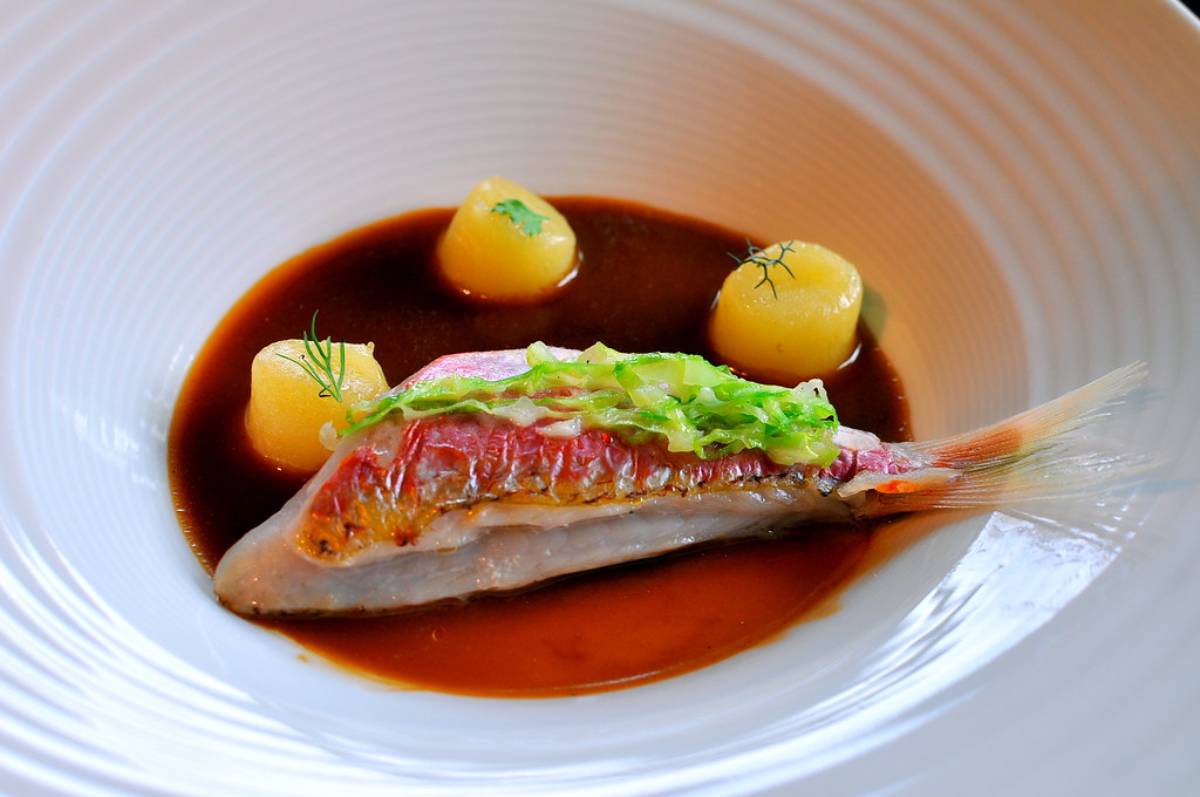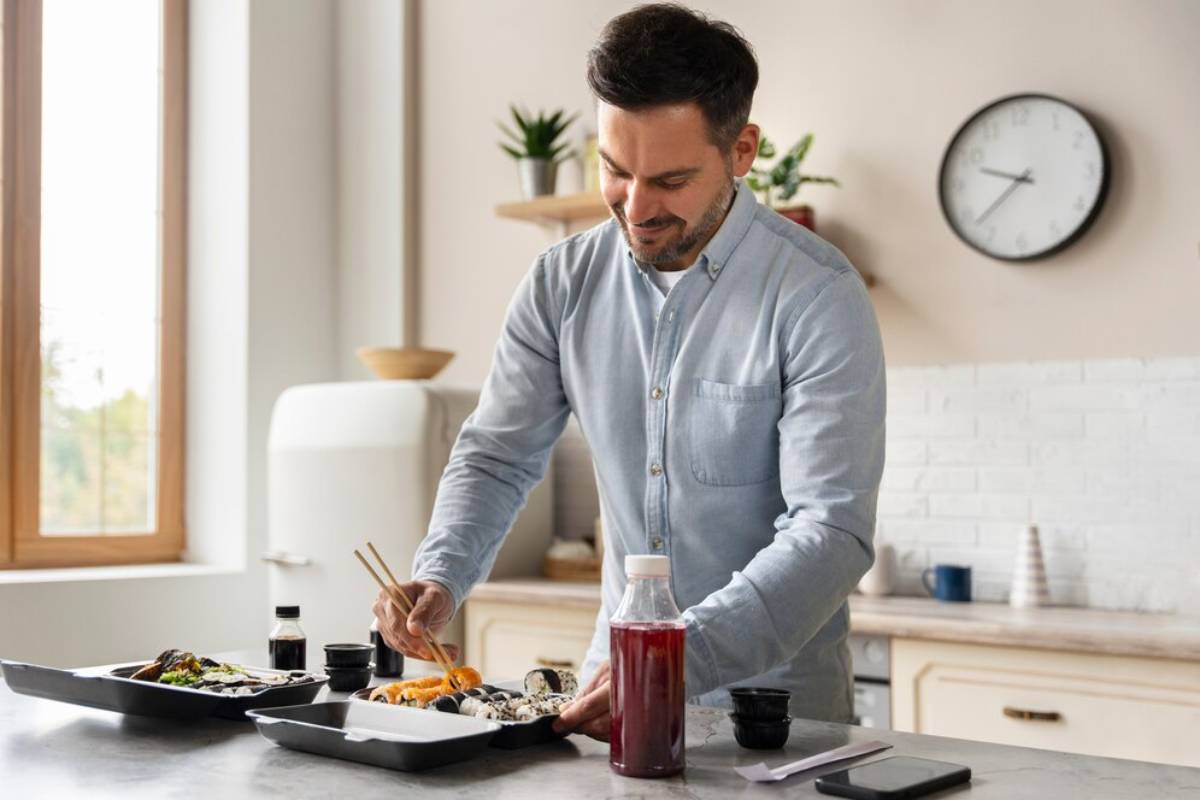The Food Blog

Molecular Gastronomy: Science Meets Luxury in Global Fine Dining
What if your soup arrived as a transparent sphere? What if your main course smoked like dry ice or your dessert levitated on a magnetic field? These aren’t scenes from a science fiction film—they’re experiences born from molecular gastronomy, where culinary artistry and scientific precision combine to create edible wonder.
More than a trend, molecular gastronomy is a discipline that reimagines the relationship between ingredients, temperature, texture, and taste. At the heart of this gourmet food science lies a quest to transform the dining experience—not just by introducing new flavours, but by playing with expectation, sensation, and surprise.
In this blog, we’ll explore the origins and principles of molecular gastronomy, spotlight some of the world’s most influential chefs and restaurants, and unpack how innovative fine dining is rewriting the rulebook on what food can be.
What Is Molecular Gastronomy?
Molecular gastronomy is the application of scientific principles to cooking, focused on understanding the physical and chemical transformations of ingredients during preparation. It merges the rigour of the laboratory with the creativity of haute cuisine.
Key Elements:
- Deconstruction of traditional dishes into new forms
- Use of scientific equipment like centrifuges, siphons, and liquid nitrogen
- Manipulation of textures through emulsification, spherification, and gelification
- Surprise and delight—transforming expectations with sensory illusions
Gourmet food science isn’t just about theatrics. It’s a deep dive into how and why food behaves the way it does, with the goal of enhancing flavour and presentation in imaginative ways.
A Brief History: From Chemistry Labs to Michelin Stars
While the term “molecular gastronomy” was coined in the 1980s by physicist Nicholas Kurti and chemist Hervé This, the idea that science and cooking are intertwined dates back centuries. However, the true birth of the movement as we know it came in the late 1990s and early 2000s, when a handful of pioneering chefs began applying laboratory techniques to the kitchen.
Notable Milestones:
- Ferran Adrià (El Bulli, Spain): Revolutionised fine dining with foams, airs, and deconstructed tapas.
- Heston Blumenthal (The Fat Duck, UK): Introduced multisensory dining and playful reinventions of British classics.
- Grant Achatz (Alinea, USA): Known for edible balloons, scented pillows, and interactive tasting menus.
These chefs didn’t just cook—they created immersive narratives that engaged every sense, redefining innovative fine dining in the process.
Techniques of Molecular Gastronomy
Let’s unpack some of the most iconic techniques used in molecular gastronomy, along with how they elevate the dining experience.
1. Spherification
A technique that encases liquids in thin gel membranes, creating orbs that burst in the mouth.
Common Uses:
- Olive oil pearls
- Fruit juice “caviar”
- Balsamic vinegar spheres
Sensory Appeal: Surprise and contrast—liquid inside, solid outside.
2. Foams and Airs
Originally developed by Ferran Adrià, foams add aroma and texture without heaviness.
Examples:
- Parmesan foam over pasta
- Citrus air as a cocktail garnish
- Espresso foam on desserts
Purpose: Concentrate flavour in a light, ethereal form.
3. Gelification
Turning liquids into gels using natural agents like agar-agar or gelatin.
Applications:
- Layered jellies with contrasting flavours
- Edible “paint” on plates
- Structured yet delicate textures
4. Liquid Nitrogen
Used to flash-freeze ingredients or create dramatic smoke effects at the table.
Common Effects:
- Frozen herbs that shatter
- Smoking cocktails
- Ice cream made à la minute
Experience: Visual drama paired with crisp texture and temperature contrast.

5. Sous-Vide Cooking
Cooking food in vacuum-sealed bags at precise, low temperatures for extended periods.
Benefits:
- Perfect doneness
- Enhanced moisture retention
- Uniform texture
Gourmet Science Meets Simplicity: Now adopted in both fine dining and home kitchens.
Global Leaders in Molecular Gastronomy
Here are some of the most influential restaurants and chefs shaping the future of gourmet food science.
El Celler de Can Roca – Girona, Spain
Run By: The Roca brothers
Style:
- Combines molecular techniques with Catalan tradition
- Uses distillation and flavour extraction to reinvent classic dishes
Signature Experience:
- A dessert inspired by a perfume, using aroma molecules to trigger memory

The Fat Duck – Bray, UK
Chef: Heston Blumenthal
Experience:
- Tasting menu with storytelling, soundscapes, and unexpected elements
- Dishes like “Sound of the Sea,” served with edible sand and shellfish foam
Why It Matters: Pioneered the use of neuroscience in fine dining, connecting memory and flavour.
Alinea – Chicago, USA
Chef: Grant Achatz
Known For:
- Interactive dishes (guests assemble parts)
- Elements suspended or hanging at the table
- Edible helium balloons
Approach: Emphasises playfulness, deconstruction, and theatricality.
Ultraviolet – Shanghai, China
Chef: Paul Pairet
Innovation:
- One table, one seating per night, twenty immersive courses
- Dishes are paired with projection mapping, scent diffusers, and custom lighting
Immersive Gastronomy: A multisensory event designed to engage emotion and narrative.
Molecular Gastronomy and the Future of Fine Dining
As molecular gastronomy matures, its initial novelty has given way to refinement. Today, many chefs integrate scientific techniques with seasonal ingredients and traditional methods, creating a hybrid style of innovative fine dining that respects both science and terroir.
Current Trends:
- Minimalist plating with molecular touches
- Plant-based reinventions using hydrocolloids and emulsifiers
- Sustainability focus, using fermentation and food waste science
- Interactive elements that engage diners with smell, sound, and texture
Molecular gastronomy is no longer just about spectacle. It’s about crafting stories that surprise, satisfy, and endure.
Criticism and Reappraisal
While molecular gastronomy has been celebrated for its creativity, it has also faced criticism:
Common Concerns:
- Too gimmicky or lacking in soul
- Alienating for traditional diners
- Technically impressive but emotionally cold
Yet, as many chefs have demonstrated, the true art lies in balance—using science not as a crutch, but as a tool for greater expression.

How to Try Molecular Gastronomy at Home
While not every technique is easily replicated in a home kitchen, some elements of gourmet food science are more accessible than you might think.
Starter Ideas:
- Foams: Use a culinary siphon to create flavoured creams or mousses
- Sous-vide: Invest in a precision cooker for perfect proteins and vegetables
- Spherification kits: Easily available online for making fruit caviar or liquid pearls
- Gelification and agar-agar: Great for reimagining soups or sauces
Tip: Start small—focus on one dish or technique and build confidence from there.
The Science of Wonder
Molecular gastronomy has expanded the possibilities of what food can be. It’s not about making food unrecognisable—it’s about using knowledge, creativity, and technology to reveal new dimensions of flavour and form.
At its best, innovative fine dining reminds us that cooking is both art and experiment. It brings joy not only to the palate, but to the imagination.
Take action today: Whether you book a table at a molecular mecca or try your hand at kitchen experimentation, embrace the unexpected. Because when science meets luxury on the plate, every bite becomes an adventure.









